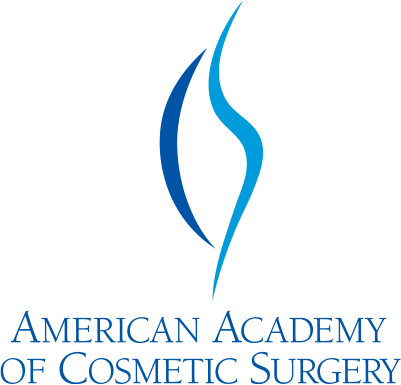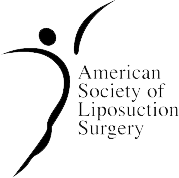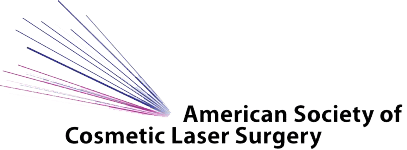At Alinea Medical Spa, our talented and certified providers treat a wide array of conditions. You deserve a customized approach to skincare, anti-aging, or body sculpting – you are a unique individual, and our focused, meticulous approach delivers superior results.
Lorem ipsum dolor sit amet, consectetur adipisicing elit. Ad alias animi commodi distinctio doloremque eum exercitationem facilis in ipsum iusto magnam, mollitia pariatur praesentium rem repellat temporibus veniam vitae voluptatum.
Lorem ipsum dolor sit amet, consectetur adipisicing elit. Ad alias animi commodi distinctio doloremque eum exercitationem facilis in ipsum iusto magnam, mollitia pariatur




